Speakers & Abstracts
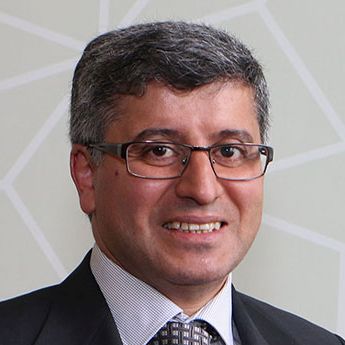
Abstract
The manipulation of waves at subwavelength scales is revolutionising nanotechnology. The speaker will present a coherent mathematical theory for subwavelength physics, which is derived from first principles, and provide a rigorous framework to explain spectacular properties of metamaterials. He will transpose demonstrated quantum phenomena in condensed-matter physics to classical waves at subwavelength scales and elucidate the similarities as well as the fundamental differences such as long-range interactions between the mathematical treatments of the quantum and classical worlds.
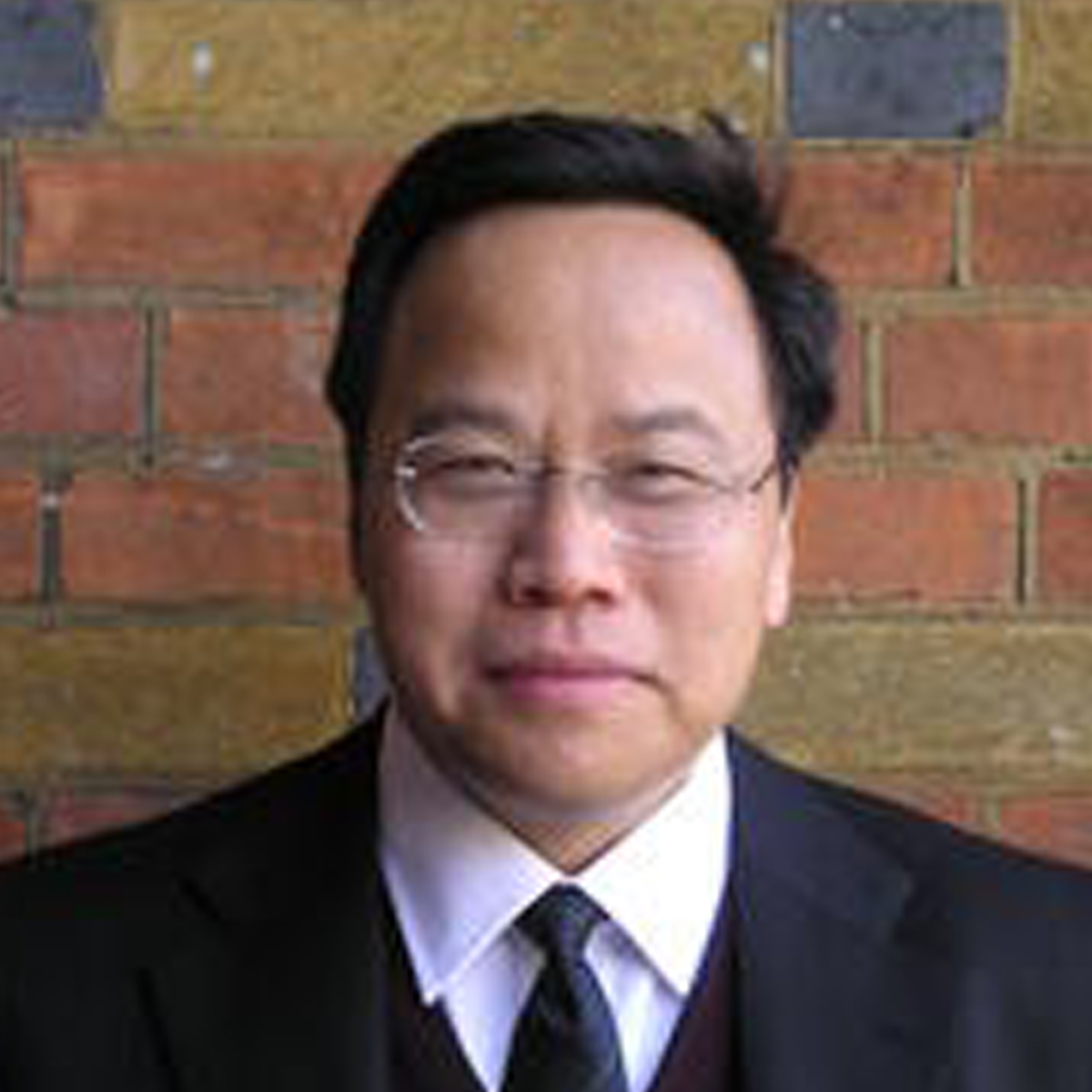
Abstract
Three of the basic types of partial differential equations (PDEs) are elliptic, hyperbolic, and parabolic, following the standard classification for linear PDEs. While Linear theories of PDEs of these types have been considerably better developed, many nonlinear PDEs encountered in Mathematics and Science are of mixed type naturally. Solving longstanding fundamental problems often hinges on a deep comprehension of such nonlinear PDEs, particularly those of mixed elliptic-hyperbolic type. This talk explores the underlying connections between nonlinear PDEs of mixed type and fundamental problems ranging from the challenging Riemann problem to the intriguing isometric embedding problem. We delve into examples such as the multidimensional Riemann problem (formulated first by Riemann in 1860 for the one-dimensional case) and related shock reflection/diffraction problems in fluid dynamics (governed by the compressible Euler equations), and the isometric embedding problem in differential geometry (governed by the Gauss-Codazzi-Ricci equations). We will discuss both historical perspectives and recent developments in the analysis of these nonlinear PDEs, emphasizing the development and identification of unified approaches, ideas, and techniques for addressing mixed-type problems. Some further developments and open problems in this direction will also be addressed.

Abstract
The existence theories in nonlinear elasticity, since the pioneering work of Ball (1977), have been made possible by the special analytical structure of Jacobian determinants, which apart from providing the local volume change also encode information about changes of topology, injectivity, and preservation of orientation. We will explore this interplay between geometry, mechanics, topology, and analysis, passing through the duality of Hardy and BMO spaces and the theory of functions of bounded variation. Emphasis will be given to applications of the theory such as fracture by void growth and coalescence, the modelling of nematic elastomers, magnetostriction, or the debonding of swollen hydrogel thin films.
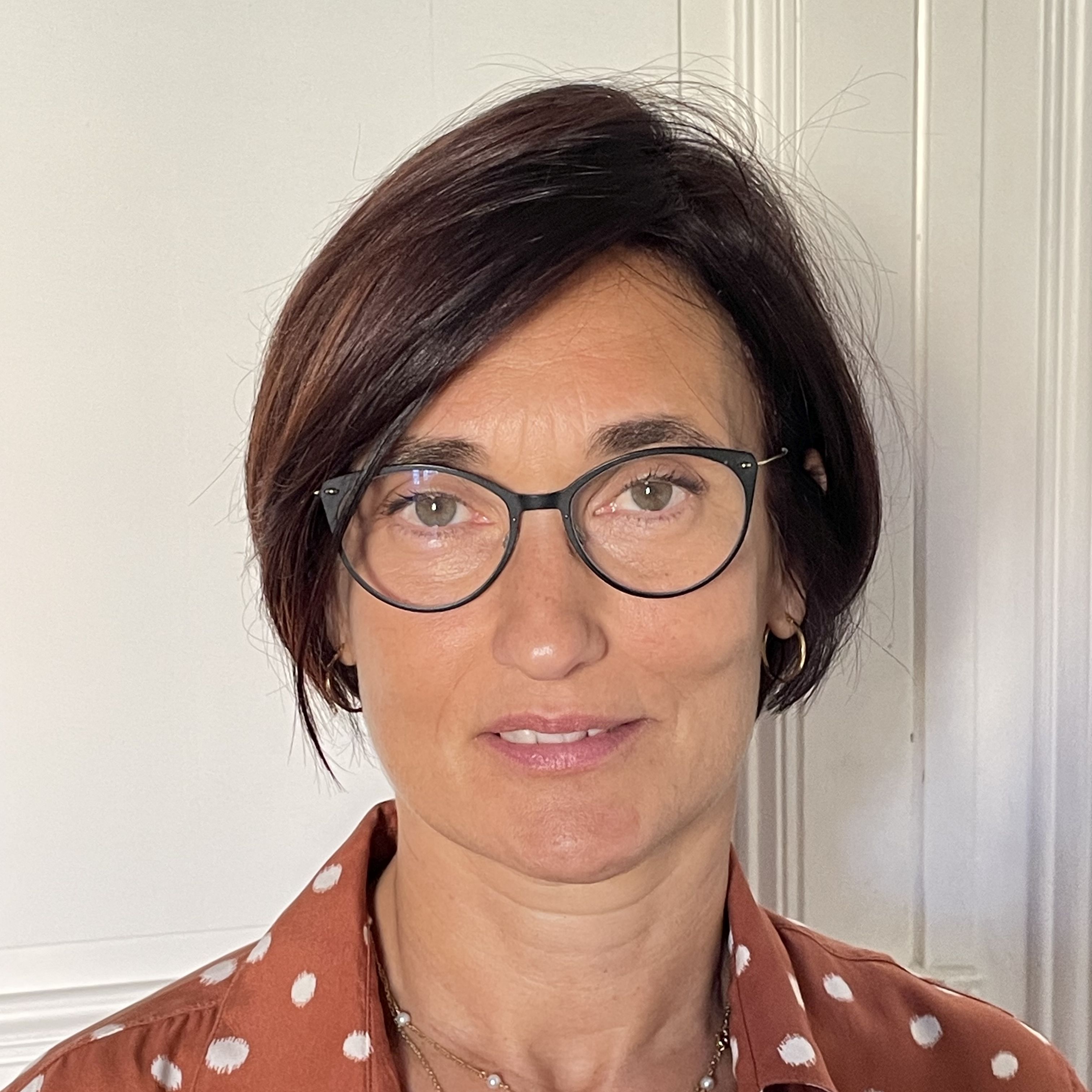
Abstract
By using a nonlinear version of Trotter's theory of approximation of semi-groups acting on variable Hilbert spaces, we propose an asymptotic modeling for the behavior of a linearly elastic plate in bilateral contact with a rigid body along part of its lateral boundary with Norton or Tresca friction.
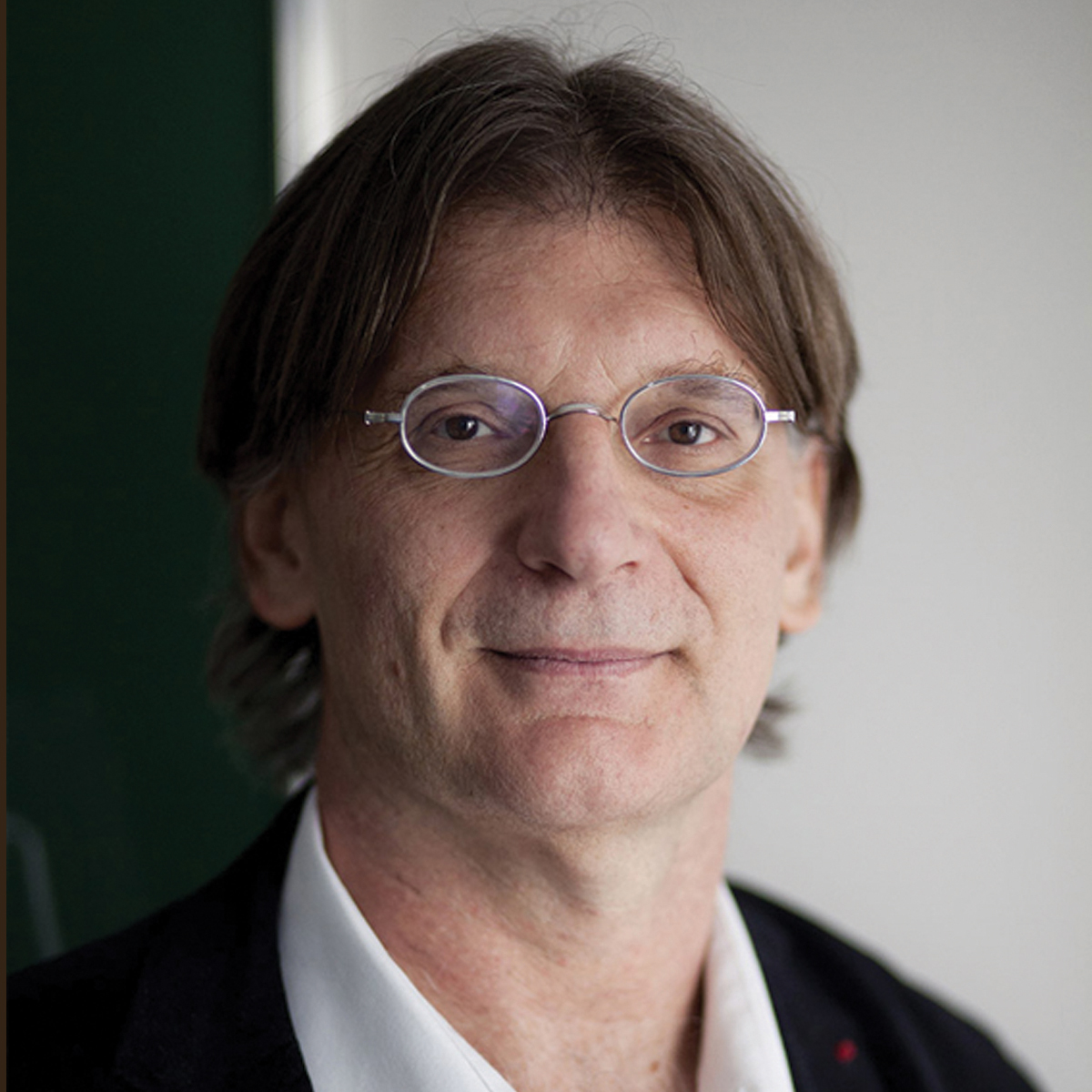
Abstract
Large random matrices appear in several contexts in Mathematics and in engineering applications. Starting with the pioneering works by Wishart, Wigner and Dyson, the existing mathematical theories rely mostly upon probabilistic tools. In this talk, we first present a new approach based upon a notion of spectral domination, PDE’s and viscosity solutions: in particular, it allows to study general nonlinear systems governed by large random matrices. Next, we introduce (and solve) the optimal control of such systems, also allowing to solve the large devia>ons problems.

Abstract
In nonlinear shell theory, the problem of finding the deformation of a nonlinearly elastic body arising in response to a given set of applied forces reduces to solving a boundary value problem formed by a fully nonlinear elliptic system of partial differential equations in a bounded domain of the three-dimensional Euclidean space, complemented by appropriate boundary conditions of mixed Dirichlet and Neumann type. When the thickness of the shell is very small compared with the characteristic lengths of its middle surface, this boundary value problem is replaced for theoretical and practical reasons by other boundary value problems, defined this time on a surface with boundary in the three-dimensional Euclidean space. But this replacement comes at the price of a poorer existence theory. I will discuss the progress that has been made towards establishing existence theorems for these these new boundary value problems by means of associated minimization problems.

Abstract
Recent biological experiments involving single cell observations have emphasized the effects of very small emerging subpopulations in large populations, in various biological/medical contexts related to evolution such as emergence of cancer or of antibiotics resistance. A main mathematical challenge is to quantify such effects on macroscopic approximations. In order to track individuals and to take into account small populations, we are naturally led to stochastic trait-structured models while the limiting macroscopic equations should involve nonlocal nonlinear partial differential equations with constraints. These two scales are related by a parameter scaling the population size (or equivalently the amount of resources). This talk focuses on the derivation of a certain class of Hamilton-Jacobi equations from the stochastic individual-based system. The individual trait space is discretised with a vanishing discretization mesh. The relevant time and size scales allowing to capture the limiting Hamilton-Jacobi dynamics are given in terms of the scaling parameter.
We significantly relax the strong assumptions needed in a previous paper giving a direct convergence result, by introducing a new point of view based on variational representation of the solution of the Hamilton-Jacobi equations and on large deviations results for the branching processes.
This is a joint work with N. Champagnat, S. Mirrahimi and V.C. Tran.
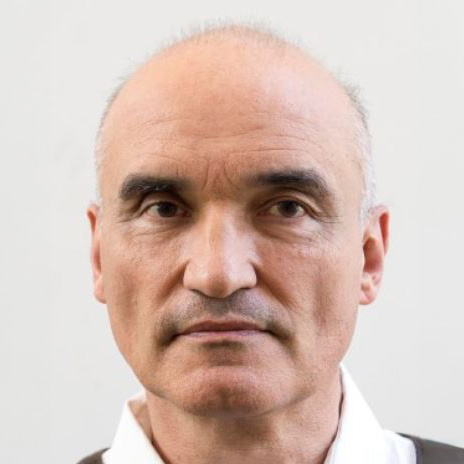
Abstract
In this general-purpose talk, I'll first describe the general machine learning procedure as the association of four objects: a dataset of input-output pairs representing a ground truth, a network structure, a loss function and an optimizer. The result of the optimization procedure is what we properly call a neural network, namely a computational structure endowed with learned weights. This machine learning procedure raises many issues. The main ones are:
- lack of definition of the problem to solve,
- variability of the result depending on the optimization,
- overfitting (to the dataset),
- domain dependence of the result and of the criterion of success.
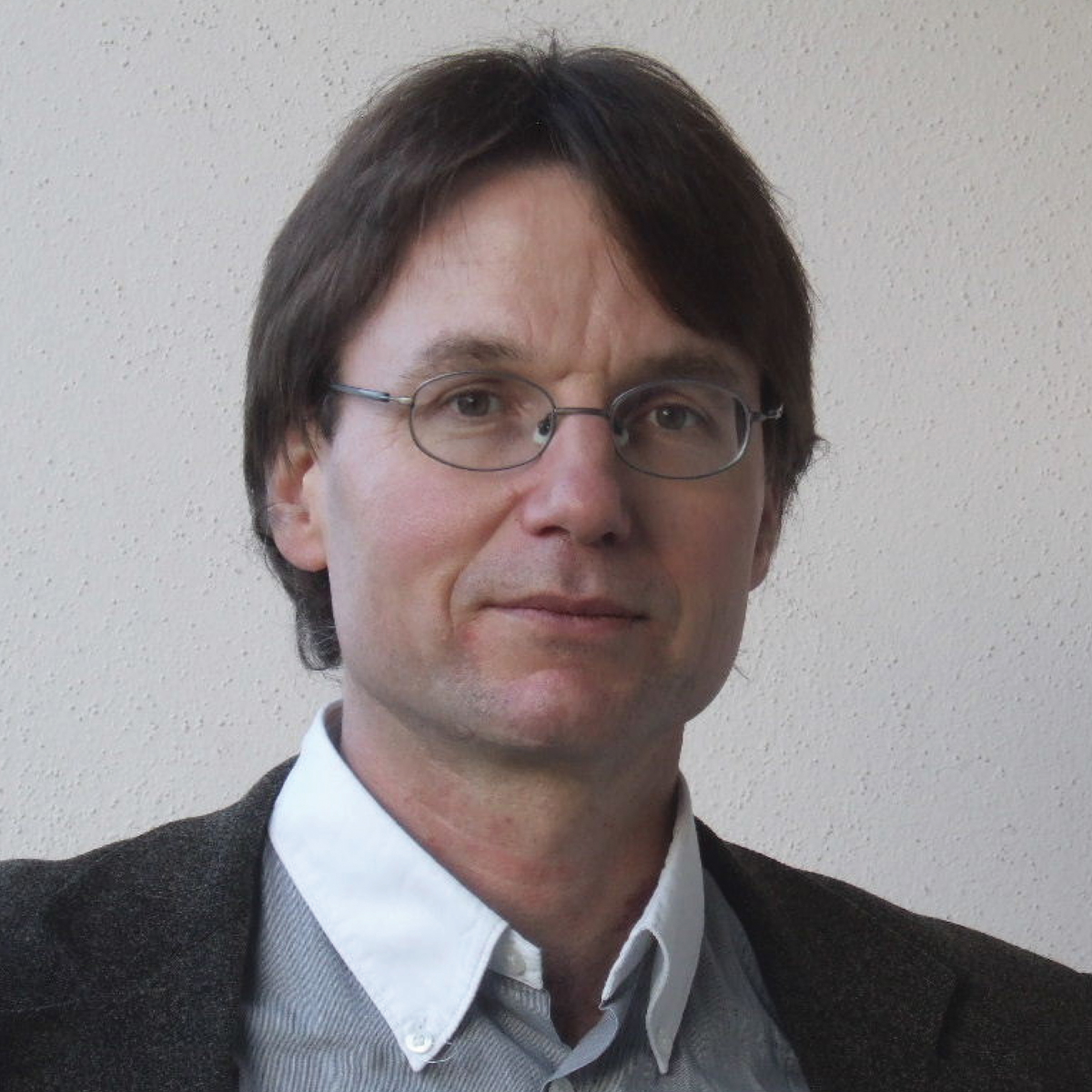
Abstract
We consider non-conforming discretizations of the stationary Stokes equation in two and three spatial dimensions by Crouzeix-Raviart type elements. The original de nition in the seminal paper by M. Crouzeix and P.-A. Raviart in 1973 is implicit and also contains substantial freedom for a concrete choice.
In our talk, we introduce a minimal set of Crouzeix-Raviart basis functions in 2D and 3D in a fully explicit way. We prove that this family of minimal Crouzeix-Raviart elements for the Stokes equation is inf-sup stable in 2D for all polynomial degrees. In the proof we identify spurious pressure modes for the conforming (k,k-1) Stokes element (2D and 3D) and show that these are eliminated by using the minimal Crouzeix-Raviart space.

Abstract
In this talk, I will present some results on the large Reynolds number limits and asymptotic behaviors of solutions to the steady incompressible Navier-Stokes equations in two-dimensional infinitely long convergent nozzles. The main results show that the Prandtl’s laminar boundary layer theory can be rigorously established and the sink-type Euler flow superposed with a self-similar Prandtl’s boundary layer flow is shown to be uniformly structurally stable as long as the viscous flow has a given negative mass flus and the boundaries of the nozzle satisfy a curvature decreasing condition. Furthermore, the asymptotic behaviors of the solutions at both the vertex and infinity can be determined uniquely which plays a key role in the stability analysis. Some of key ideas in the theory will be discussed. This talk is based on a joint work with Dr. Chen Gao.


